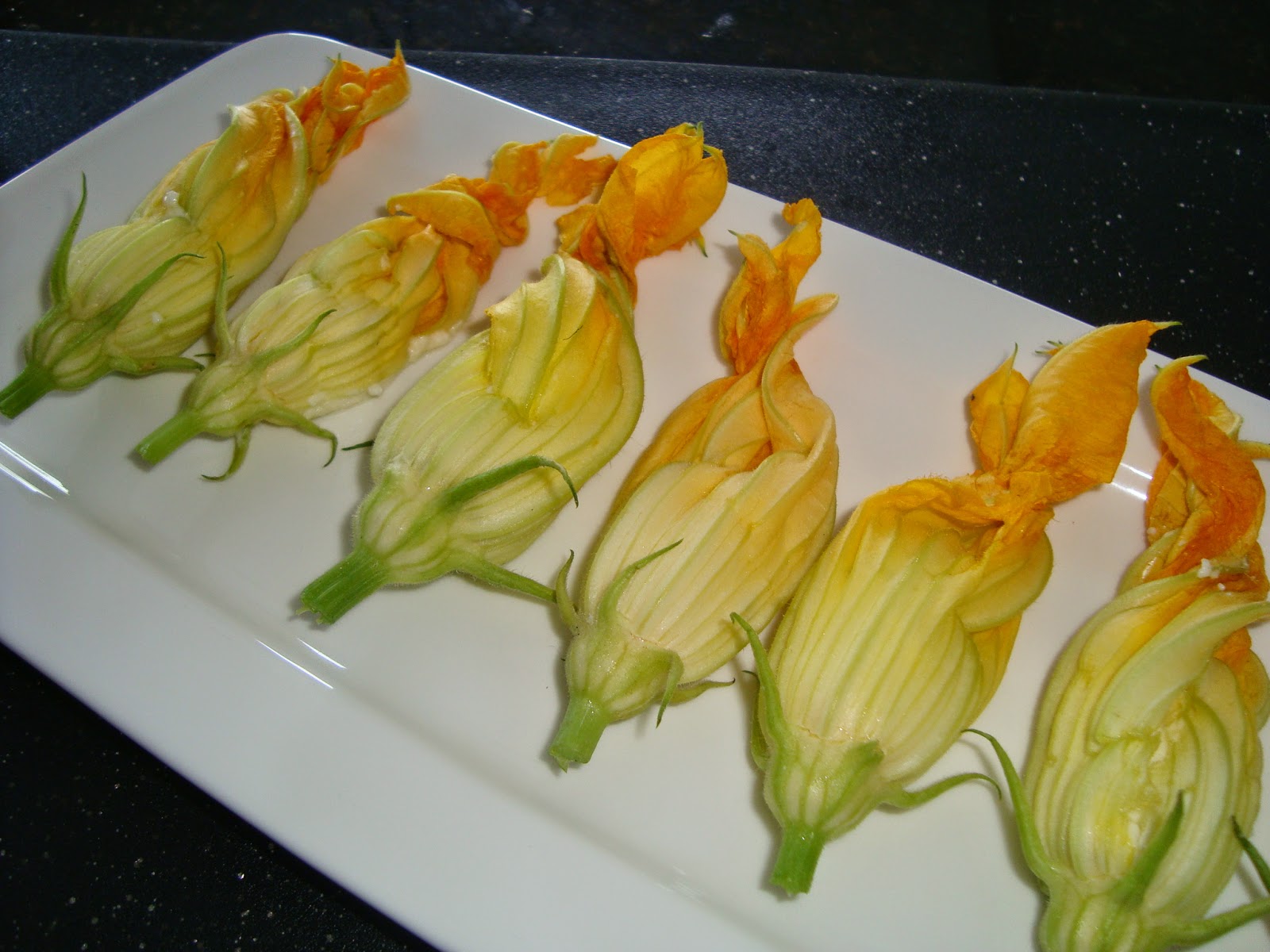Summer is quickly coming to an end and soon shoveling snow will take the place of tending the garden. Once again the summer has slipped by in the busyness of life.
The reality that summer days are coming to an end is apparent in the full bushels of tomatoes waiting to fill last year’s empty mason jars. As sure as tomatoes ripen at the end of summer there’s always a tomato sauce making day shortly thereafter!
Making tomato sauce has been a long standing tradition. Just as my mother and generations before her preserved the tomato harvest for the coming year the tradition continues in many homes. The method of preparation may have changed over the years but tomatoes are still preserved to be enjoyed in a hundred and one delicious ways.
For us, yearly sauce making day became quite an event . Family members working together, each assigned to a particular task in preserving what seemed endless bushels of tomatoes. At the end of the day the satisfaction of a job well done outweighed the exhaustion of a very long day.
With the passing years one by one all the helpers have retired. It’s down to one now and I’m presently looking at several bushels of tomatoes visualizing the full jars that will eventually be stored in the pantry.
This year the tomatoes will not be made into sauce but packed into mason jars instead. They can be readily turned into sauce at a later date by putting through a food mill or blender. It’s a faster way to process the tomatoes instead of making sauce all at once, not to mention a more manageable task for the one remaining tomato processor!
Tomato day…a full day’s work but a full year of good eats!
They say a picture is worth a thousand words, the following are pictures of the basic tomato canning steps my way with less than a thousand words!
1.There's something about tomatoes in bushels,
not the same as those sold in boxes. First you
have to get some tomatoes, they are plentiful
this year.
2 .Time to get all cleaned up in a cool water bath.
3. All clean...what's next?
4. Remove stem end of tomato and make a slit not quite
cutting it in two. This makes the next step easier and
a little less messy.
5. Squeeze out water and as much of the seeds as possible
and place in colander to drain. Not all of the seeds will be
removed, not to worry they will be discarded when using
the tomatoes to cook with.
6. Using clean jars add 1/2 to 1 teaspoon of salt
just because my mother did. I like to think of the preserving
qualities of salt and continue to do the same.
7. A canning funnel is a great tool for keeping rims
of the jars clean.
8. Using a tamper press down the tomatoes eliminating
any air pockets. Add a few tomatoes at a time
then press down for best results. Keep adding tomatoes
and pressing down until jar is full making sure to leave a
good 3/4 inch head space for expansion.
9. Wash and gently boil two piece lids for 10 minutes
then keep warm until ready to use.
10. Handy magnetic tool helps lift lids out of boiling
water preventing fingers from getting burned while
the rest stay hot for each remaining jar.
11. Wipe rims of jars well to ensure a good seal then
screw lids only until properly closed. Don't over
tighten as it may cause an improper seal.
12. Now for a hot bath in the canner. After the water
comes to a boil process for 45 minutes.
13. Time's up!
14. If you need the canner to do another batch this tool
helps remove the hot jars safely otherwise leave the
jars in the canning pot until cool enough to remove.
Place jars onto a tea towel to absorb the water from
the canner and let rest until cool.
15. When completely cooled down check the lids for
a proper seal. The metal cap should be sucked into
a concave position and no movement present when
pressed down with the finger. A beautiful sight...
all lids properly sealed!
Notes,Tips and Suggestions
- When ready to use the tomatoes either put through a food mill or process in a blender.
- The food mill will remove the rest of the seeds and peel. I prefer the blender since the peels totally blend with the tomatoes actually thickening the sauce. If the blender is used a quick strain through a fine mesh sieve will remove any remaining seeds.
- Store filled jars in a cool dark place for best results.
- Should any jars not seal properly, replace lids and process again for about 15 minutes otherwise place in refrigerator and use as soon as possible.
- If the ring part of the two piece lid is not damaged or dented they can be used many times. I suggest purchasing new metal caps each year. For pennies a cap chances of getting a good seal is almost a sure thing. It's not worth taking a chance reusing metal caps and having to deal with an improper seal.































































